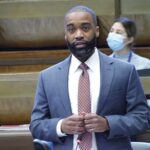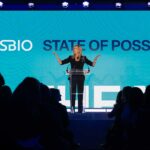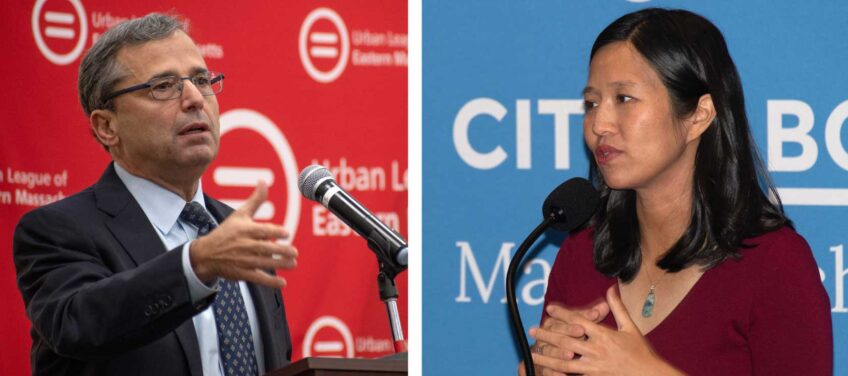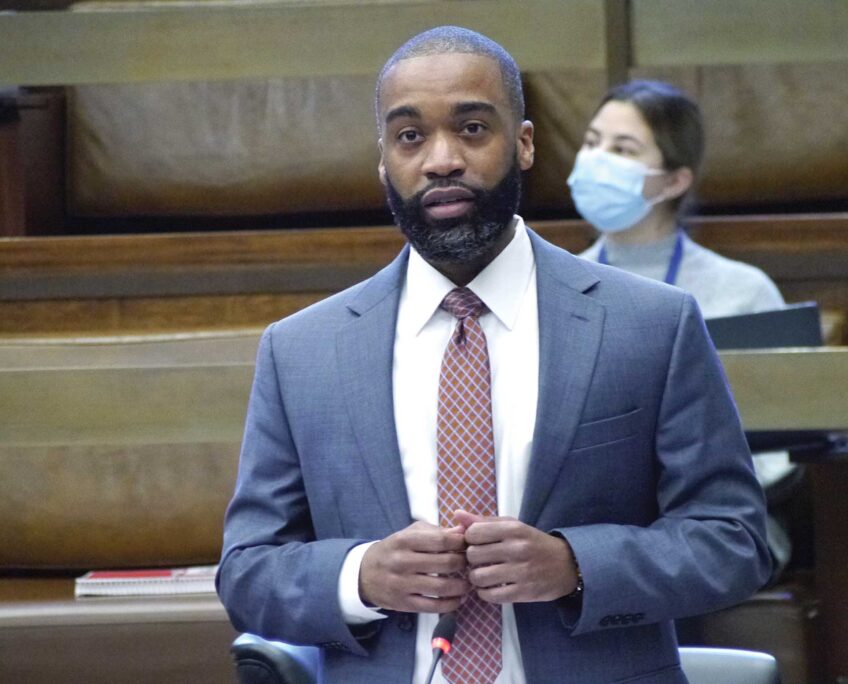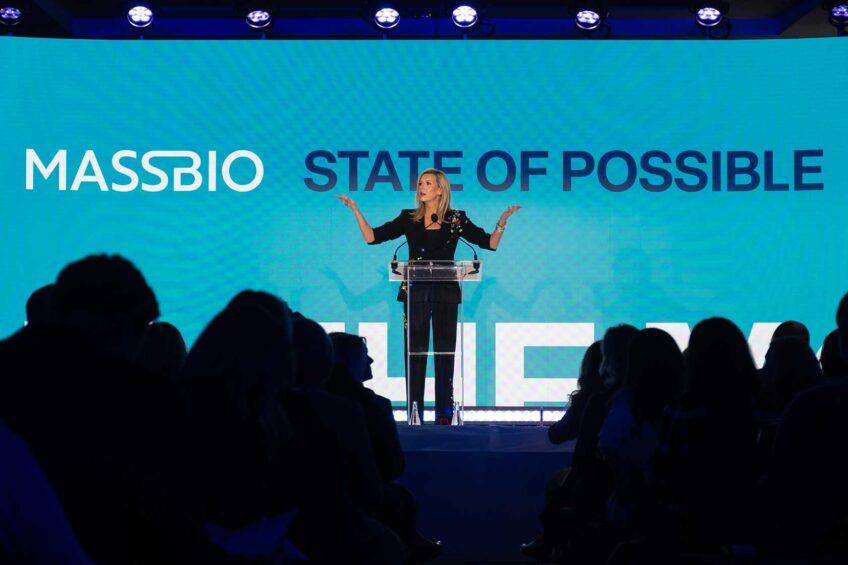Boston youth orchestra finds new, single home
Move to help expand training for diverse students
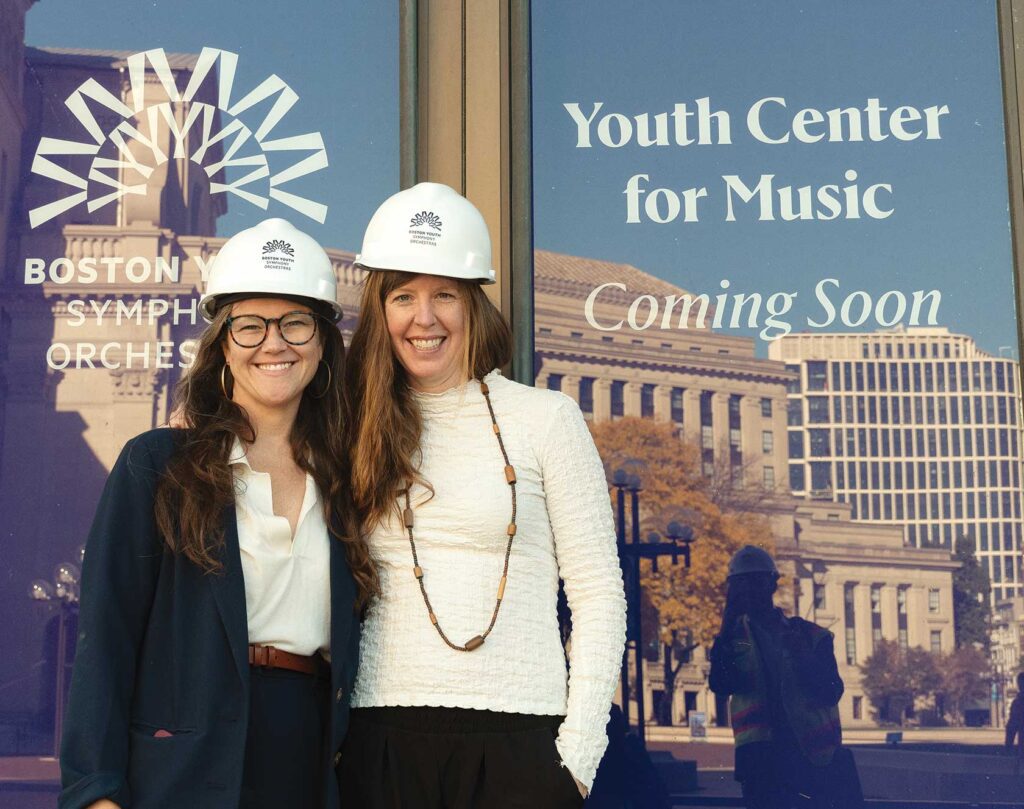
For the first time in its 65-year history, the Boston Youth Symphony Orchestra will have a home of its own.
The Boston Youth Symphony Orchestra (BYSO), which is currently based out of space at Boston University, will move to a building on the Christian Science Plaza in Back Bay, pending the completion of renovations.
The building, originally the Sunday school for the First Church of Christ, Scientist, will serve as a home and rehearsal space for the BYSO’s six ensembles. It will also house the Intensive Community Program (ICP), which is designed to help train students from underrepresented groups in classical music, broadening access to performing the genre.

The lobby of 235 Huntington Ave. on the Christian Science Plaza in Back Bay stands midway through renovations. The building, which originally served as the Sunday school for the Christian Science Church, is becoming the permanent home of the Boston Youth Symphony Orchestra. BANNER PHOTO
A planned addition will allow for expansion of the ICP. Currently the program supports about 100 students, but with the additional space, Martha Robinson, BYSO director of development, said the BYSO hopes to expand to about 250 participants over the next three or four years.
“We’re really hoping that this building really lives up to being (the students’) home, that they can come and there’s lots of opportunity, because we’re not in someone else’s space,” Robinson said of BYSO overall operation.
The renovations on the space, which began in April, will prepare the building to be used for musical training, setting aside space for individual lesson rooms and practice spaces for everything from small groups to a full-orchestra rehearsal area in a converted auditorium. The building is located at 235 Huntington Ave.
More recently, when the First Church moved its Sunday school into the main church building, the space went without regular use, instead serving as a short-term rental. The BYSO will take over the space under a 75-year lease.
Brooke Ten Eyck, senior project manager for real estate planning and operations for the First Church, said it had been looking to fill the underutilized space with a consistent tenant.
“As an organization, we determined that we’d much rather have the activity and engagement of others who could use the space,” Ten Eyck said.
Conversations between the BYSO and the church to use the space had lasted almost a decade, Robinson said.
Ten Eyck said the orchestras, with their mission focused on kids, makes them a good fit for the space that used to serve as a Sunday school.
“To us, it was always a home for children, and it’s really cool to think that this then becomes a home for them,” she said.
Robinson noted the ICP will be one of the beneficiaries.
The program, which started about 25 years ago, was borne out of the realization that at the time, the BYSO programs had no kids from Boston on their rosters. Robinson said there wasn’t much mystery why. The orchestras were getting to a higher and higher skill level and the standard for entry rose, which meant that the students who were being accepted after auditioning were generally those who had access to a good instrument and a private teacher.
“Maybe if your school had a really, really good music program, you were getting into the BYSO, but probably not. So, it was an expensive path that was really excluding a lot of people,” Robinson said. “Our goal wasn’t necessarily we want kids from the city of Boston, but we really did want to be thinking about ‘How are we connecting with our neighborhoods?’ and, more specifically, ‘How are we thinking about classical music and race?’ and ‘How are we attracting Black and brown children into our program?’”
The program offers music lessons, financial aid and instrument access to underrepresented students so they can audition for the BYSO’s ensembles.
Regiana Toussaint, a BYSO trumpet player and ICP participant, said the program, which she described as being like a family, allowed her to grow her horizons and to push herself.
“I don’t really like stepping out of my comfort zone, but once I started BYSO, they kind of taught me and made it more comfortable enough for me to push myself to practice, push myself to explore my opportunities with music and just expand my growth, in music and not only music, but myself,” said Toussaint, who started with the ICP program in 2017.
The new building will provide better space for ICP participants to learn. Marta Zurad, a conductor at the BYSO who works with the ICP program, said she is looking forward to the individual practice studios that will look out over the plaza’s reflecting pool.
“But it would mean, probably, the world for all those students to have their lesson in a designated space,” Zurad said. “Have you seen that view from those practice rooms? Yeah, I expect that playing will go much better once they enter that space.”
The new space will also allow the organization to condense its student population — with its expansions over the years, the orchestras’ practices and programming is currently spread over three buildings with the sporadic use of a fourth across the greater Boston area.
Erin Keegan Ianni, director of marketing and public relations, said she’s looking forward to the atmosphere of having all the BYSO students and families in one space again.
“There was something really special about this camaraderie and this family — and especially ICP, they were all really together — and it’s really been a bit more siloed,” Keegan Ianni said. “So, to have that sense of the families coming back together is a big move for the organization.”
It will also address a number of challenges the group has faced when trying to practice in gymnasiums and libraries, which weren’t designed with musical acoustics in mind.
Zurad said the groups rehearsing in gyms must deal with an echoey, noisy space, “as if you were rehearsing in the subway station,” while in the library the books absorb too much of the sound.
“We rehearse — where? — everything from cafeterias, gyms, libraries,” Zurad said. “Having a home where it’s specifically designed for music, I can’t wait.”


